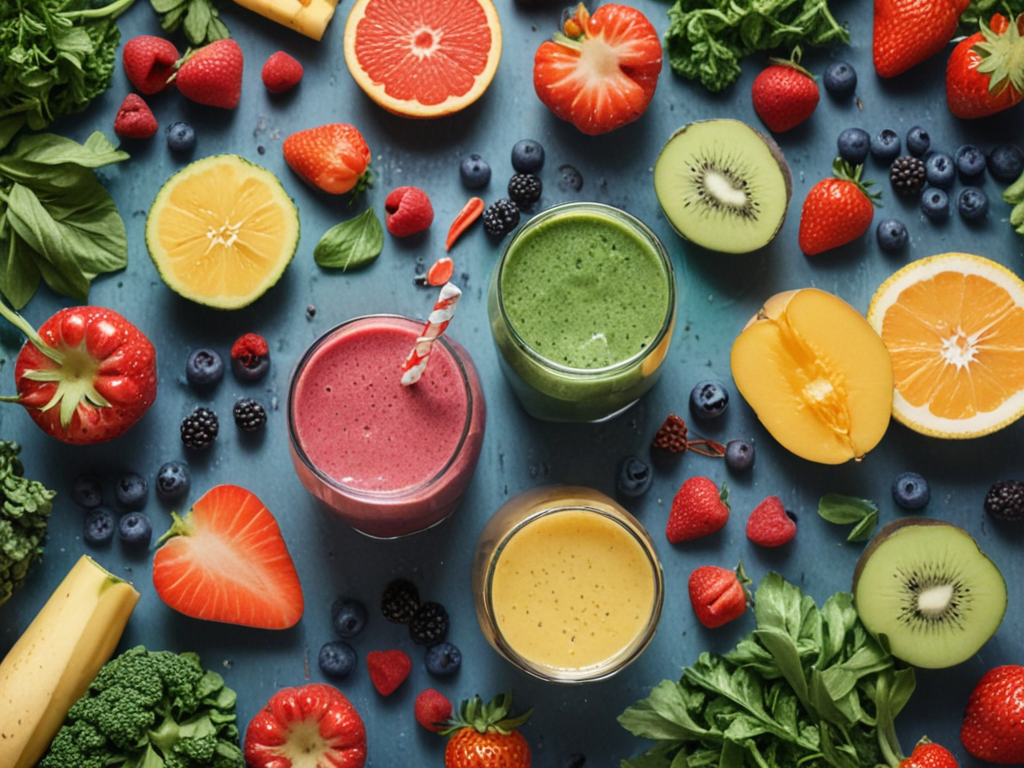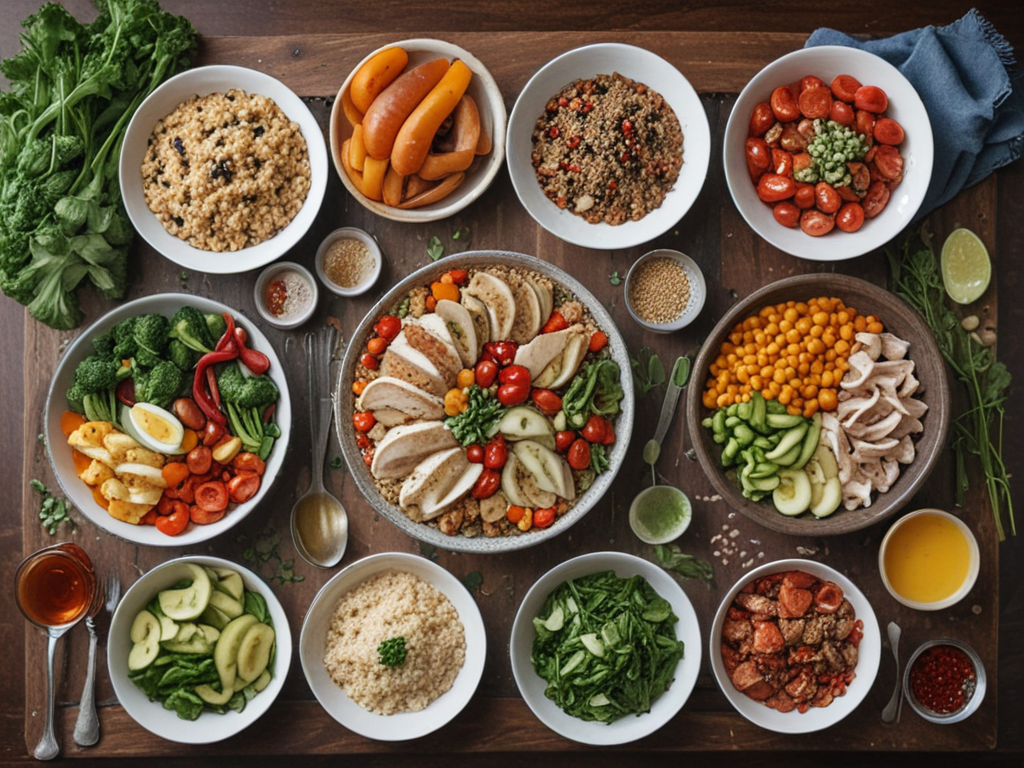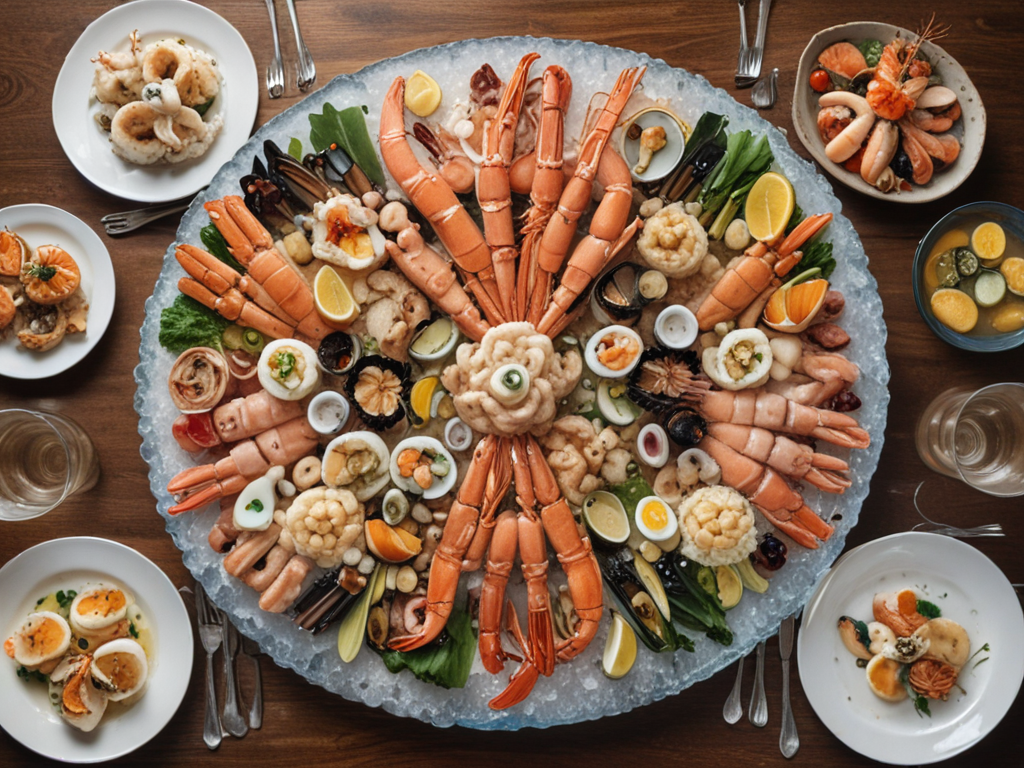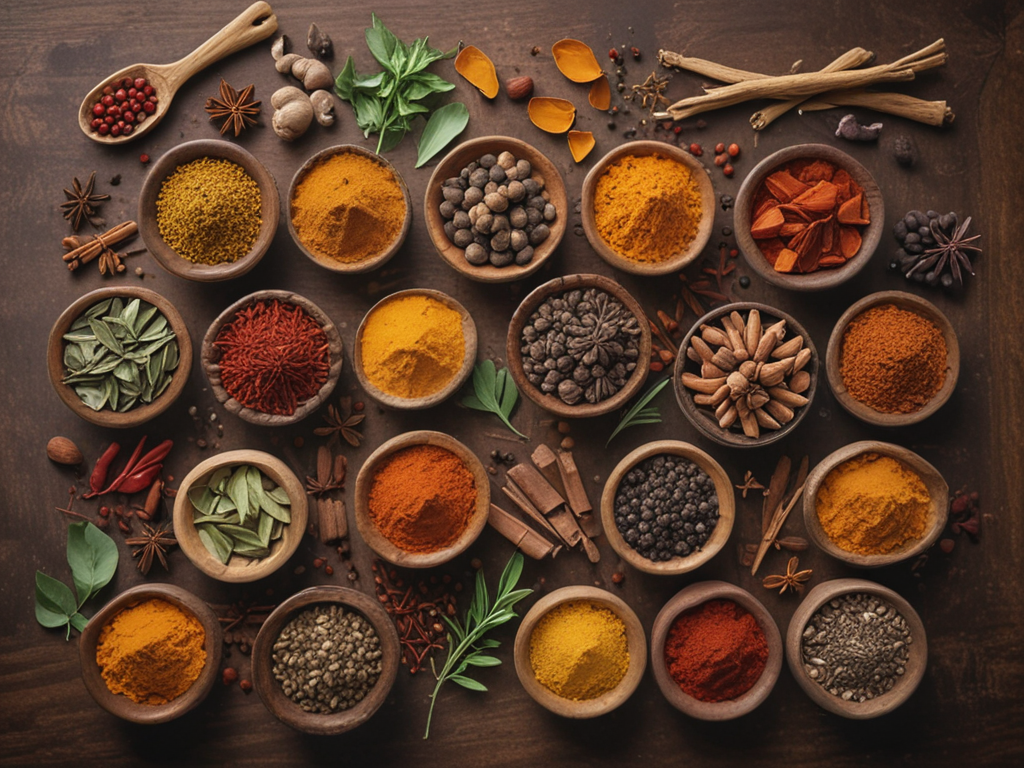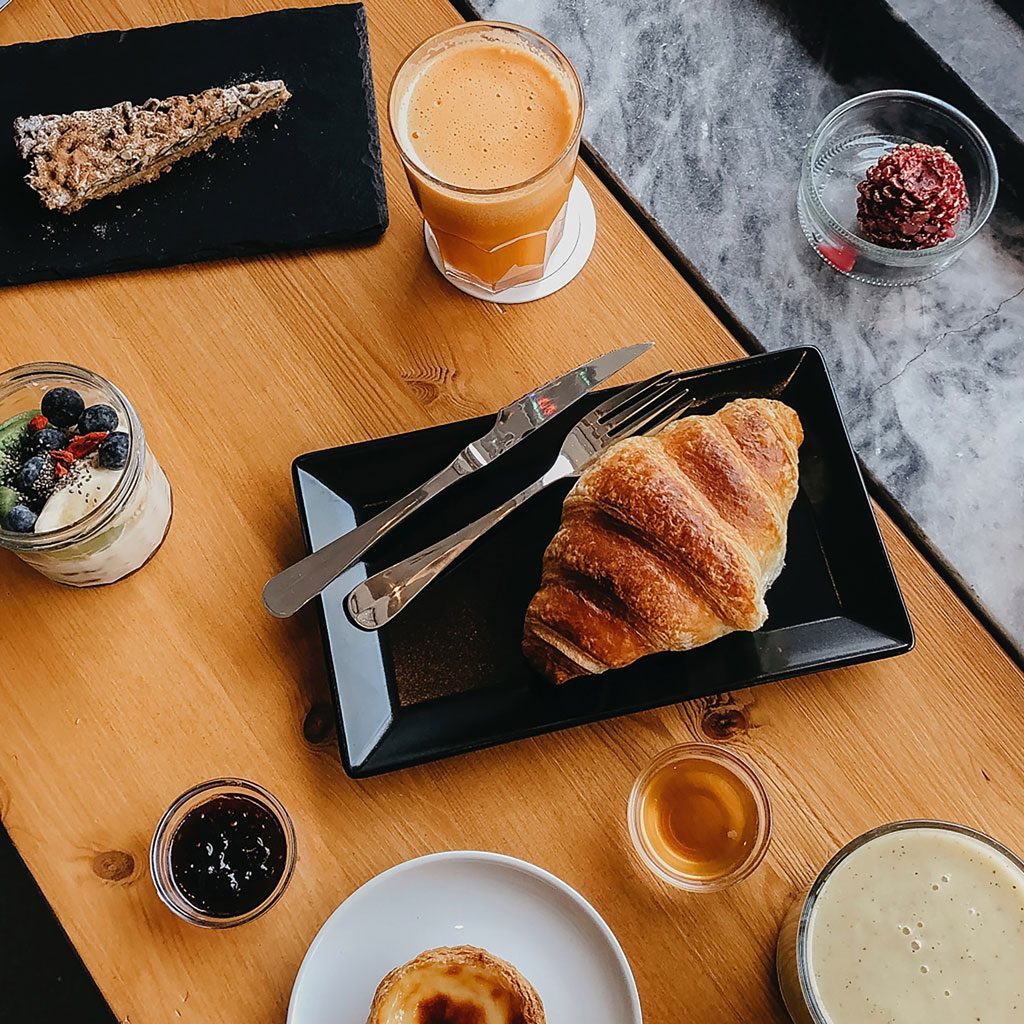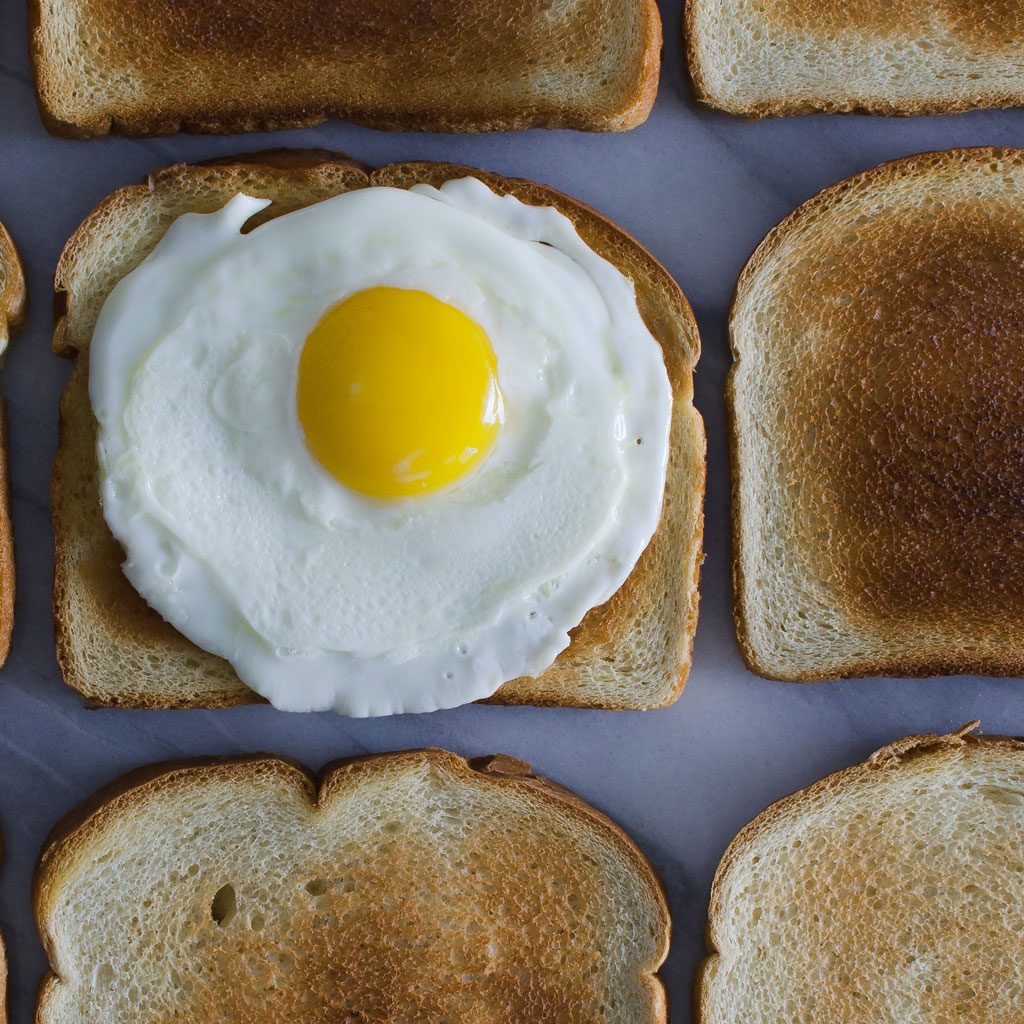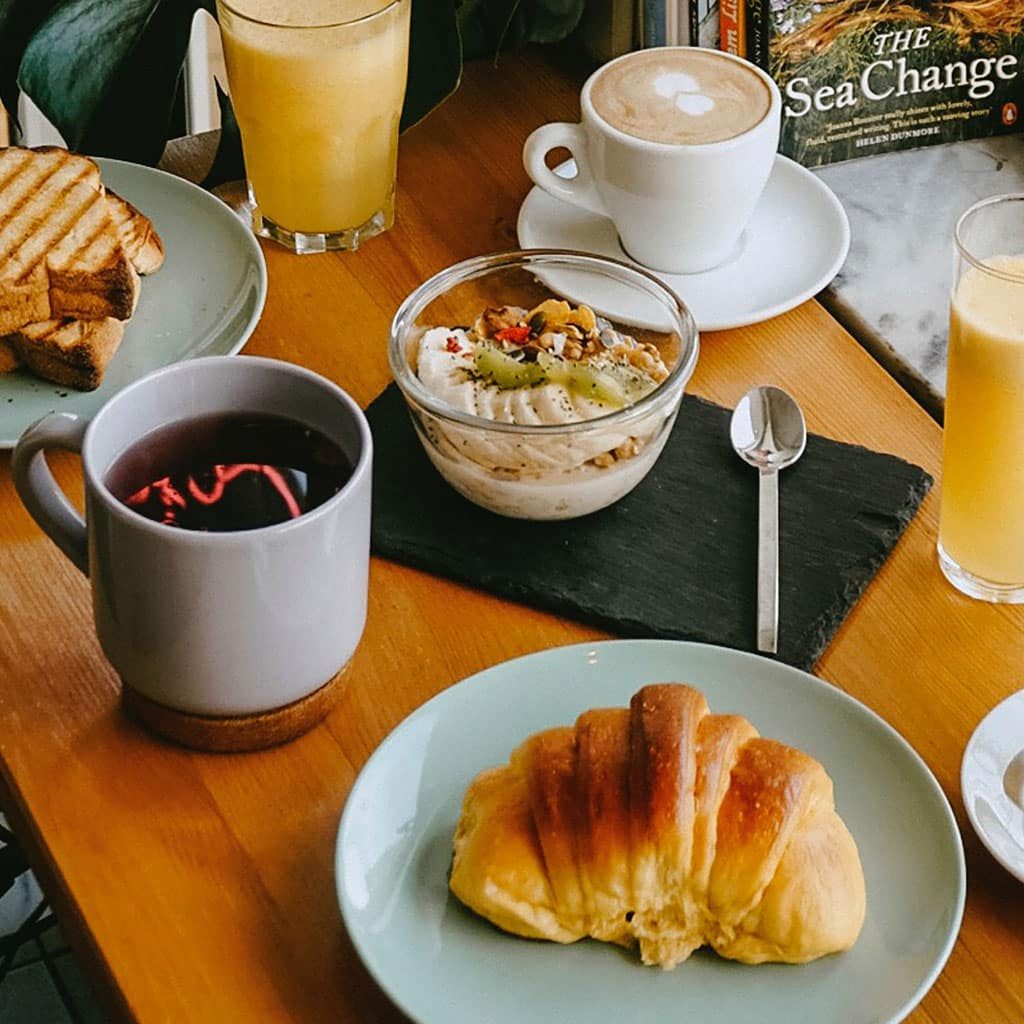
Exploring how virtual reality is revolutionizing the culinary landscape, one cannot overlook the profound impact it has had on traditional culinary practices. From immersive experiences that transport individuals to far-off kitchens to collaborative cooking sessions with renowned chefs, the domain of virtual reality in gastronomy is brimming with potential. But what truly sets this technological advancement apart is its ability to redefine how we learn, create, and savor food. Let’s investigate into the ways in which virtual reality is reshaping the culinary world, offering a tantalizing glimpse into the future of food.
Enhancing Culinary Education
Incorporating virtual reality technology into culinary education programs enhances learning outcomes and provides students with immersive hands-on experiences. Through interactive lessons, students can engage in virtual workshops where they practice culinary techniques in a realistic kitchen environment. This innovative approach allows learners to interact with virtual ingredients, tools, and equipment, simulating real-world scenarios without the constraints of a physical kitchen.
Virtual reality enables students to experiment with different recipes, cooking methods, and plating techniques in a risk-free setting. By offering a safe space to make mistakes and learn from them, virtual workshops foster creativity and confidence in aspiring chefs. Additionally, the interactive nature of these lessons promotes active participation and engagement, leading to a deeper understanding of culinary concepts.
Immersive Dining Experiences
Virtual reality technology extends beyond culinary education to revolutionize the dining experience, offering patrons immersive culinary journeys that blend food, ambiance, and entertainment seamlessly. In immersive dining experiences, interactive menus allow diners to engage with their choices in a whole new way. These menus can provide detailed information about the ingredients, origins, and preparation methods of each dish, enhancing the overall dining experience.
Sensory immersion plays a pivotal role in these experiences, stimulating not only taste but also sight, sound, and even touch. Virtual reality headsets can transport diners to different settings, whether it’s dining under the stars in a virtual garden or enjoying a meal in a bustling city square. The integration of technology into dining establishments creates a unique and dynamic atmosphere that appeals to those seeking an innovative and interactive culinary adventure.
Virtual Food Tastings
The concept of experiencing food virtually through sensory simulations has gained traction in modern gastronomy. Virtual food tastings offer a unique way to engage with culinary creations without physically consuming them. Here are four key aspects of virtual food tastings:
- Sensory Immersion: Virtual reality technology allows users to engage multiple senses, such as sight and sound, to simulate the experience of tasting food. Through advanced graphics and audio feedback, users can feel like they are actually eating the dish.
- Interactive Feedback: Users can provide real-time feedback on the virtual food tastings, allowing chefs and developers to improve the experience based on users’ responses. This interactive element enhances the overall virtual dining experience.
- Customization: Virtual food tastings can be tailored to individual preferences, dietary restrictions, and cultural backgrounds, providing a personalized experience for each user.
- Exploration: Virtual food tastings enable users to explore a variety of cuisines and dishes from around the world, expanding culinary horizons and fostering cultural appreciation through a digital lens.
Virtual Kitchen Simulations
As we explore the domain of digital culinary experiences, the evolution into virtual kitchen simulations opens up new dimensions in culinary training and creativity. Virtual kitchen simulations offer a unique platform for culinary skill development and experimentation. Through virtual recipe testing, aspiring chefs and seasoned professionals alike can refine their techniques and explore innovative flavor combinations in a risk-free environment.
One key advantage of virtual kitchen simulations is the freedom they provide in culinary creativity. Chefs can design virtual kitchens tailored to their preferences, experimenting with different layouts and equipment setups to optimize efficiency and workflow. This customization extends to the ingredients available, allowing for endless possibilities in dish creation and presentation.
Additionally, virtual kitchen simulations enable chefs to hone their skills through hands-on practice without the constraints of a physical kitchen. By immersing themselves in virtual culinary environments, individuals can enhance their cooking abilities, from knife skills to plating techniques, in a dynamic and interactive way. Overall, virtual kitchen simulations represent a valuable tool for culinary professionals seeking to push the boundaries of their craft.
Global Culinary Exploration
Exploring culinary traditions from around the globe immerses individuals in a rich tapestry of flavors, techniques, and cultural influences. When it comes to interactive cooking experiences in virtual reality, global culinary exploration opens up a world of possibilities. Here are four key aspects to take into account:
- Diverse Ingredients: Virtual reality allows users to explore unique ingredients from different cultures, broadening their culinary horizons and inspiring creativity in the kitchen.
- Traditional Techniques: Through interactive cooking simulations, individuals can learn traditional cooking methods from various countries, preserving and celebrating age-old practices in a modern setting.
- Cultural Fusion: By blending elements from different culinary heritages, virtual reality enables users to experiment with cultural fusion, creating innovative dishes that reflect the diversity of our global society.
- Community Connection: Engaging in global culinary exploration fosters a sense of connection to communities worldwide, promoting understanding and appreciation for diverse food traditions while breaking down cultural barriers.
Collaborative Cooking in VR
Collaborative cooking in virtual reality enables teams to come together from different locations, utilizing shared culinary experiences to create dishes in unison. With real-time ingredient sharing, participants can seamlessly collaborate, exchanging ideas and techniques instantaneously. This innovative approach not only fosters teamwork but also enhances creativity and culinary skills in a dynamic virtual environment.
Virtual Team Cooking
In the ever-evolving domain of virtual reality technology, the concept of Virtual Team Cooking introduces a unique and innovative way for individuals to collaborate and cook together in a virtual environment. Engaging in remote cooking experiences through VR can foster team building and create memorable culinary adventures. Here are four key benefits of Virtual Team Cooking:
- Enhanced Collaboration: Team members can work together in real-time, regardless of physical location.
- Skill Development: Participants can learn new cooking techniques and recipes from each other.
- Increased Creativity: Virtual environments allow for creative freedom in cooking without traditional constraints.
- Building Relationships: Cooking together virtually can strengthen bonds and create a sense of camaraderie among team members.
Shared Culinary Experiences
Virtual Team Cooking has paved the way for a deeper exploration of shared culinary experiences through collaborative cooking in virtual reality. Participants can engage in virtual cooking competitions, where they work together to create dishes in a shared virtual kitchen environment. This interactive approach to cooking allows individuals to bond over a common goal, regardless of physical distance. Additionally, interactive recipe sharing enhances the collaborative aspect, as users can exchange tips and tricks in real-time, fostering a sense of community and teamwork. Virtual reality not only brings people together through a shared love for cooking but also provides a platform for creativity and innovation in the culinary world.
Real-Time Ingredient Sharing
Within the immersive domain of culinary virtual reality, participants engage in real-time ingredient sharing to enhance their collaborative cooking experiences. This innovative approach revolutionizes how individuals source ingredients and interact during virtual culinary sessions. Here’s how real-time ingredient sharing transforms the cooking process:
- Efficiency: Instantly share ingredient lists with all participants, streamlining the preparation process.
- Collaborative Decision-Making: Discuss ingredient choices in real-time, fostering teamwork and creativity.
- Enhanced Communication: Communicate preferences and dietary constraints seamlessly to guarantee a cohesive cooking experience.
- Global Ingredient Access: Access a diverse range of ingredients virtually, expanding culinary horizons and experimentation opportunities.

